Life Science Teaching Resources for 1st Grade
- Free Plan
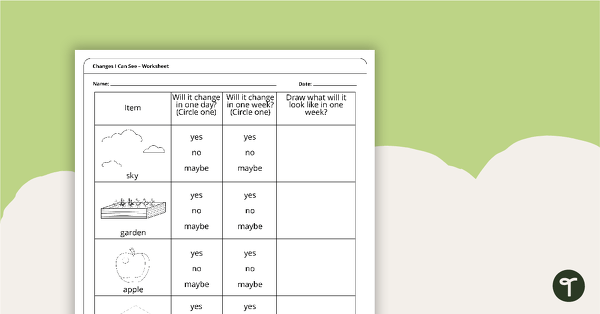
Changes I Can See - Worksheet
A worksheet that explores changes to observable features of the environment.
- Plus Plan
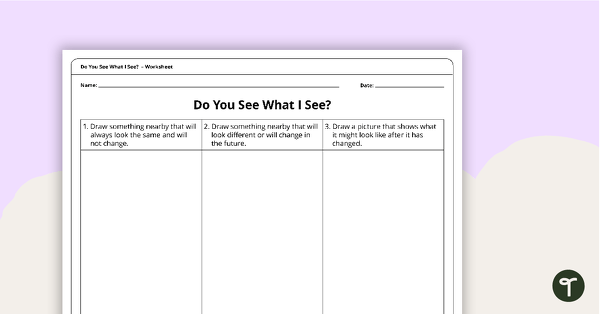
Do You See What I See? - Worksheet
A worksheet that explores how features of a local environment may change.
- Plus Plan
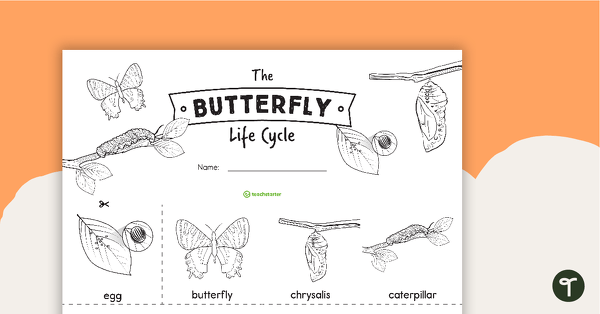
The Butterfly Life Cycle Sentence Strips
A booklet of the life cycle of a butterfly.
- Plus Plan
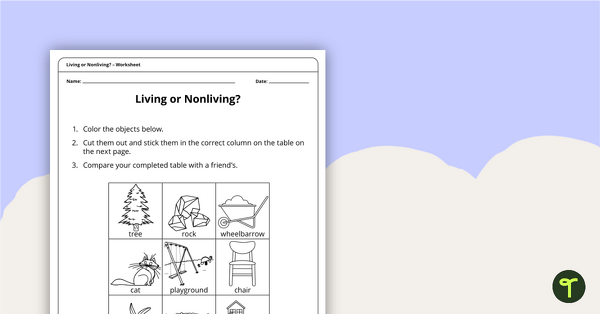
Living or Nonliving Sort
A worksheet that explores living and nonliving things.
- Plus Plan

Needs vs. Wants Activity
An activity to brainstorm and sort needs and wants.
- Plus Plan
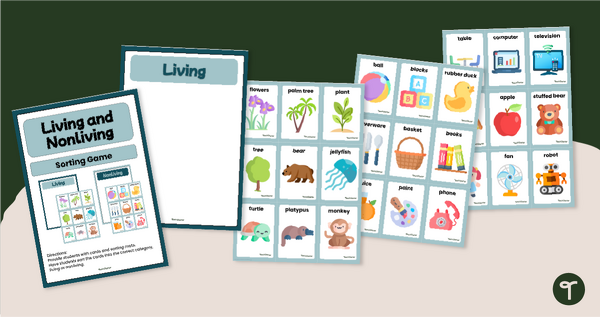
Living vs Nonliving Things - Sorting Activity
Sort biotic vs. abiotic things and discuss their characteristics with a hands-on living and nonliving things picture sort.
- Plus Plan
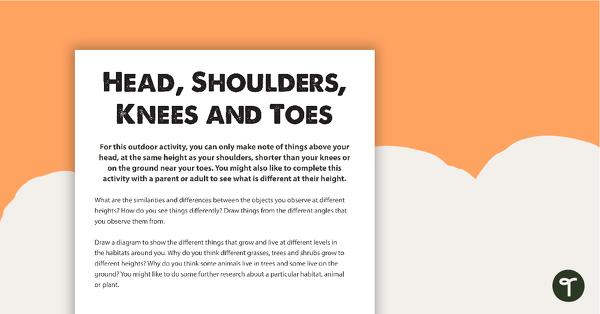
Adjectives All Around - Outdoor Observation Activity
Two engaging activities for students to observe and describe their outdoor environment.
- Plus Plan
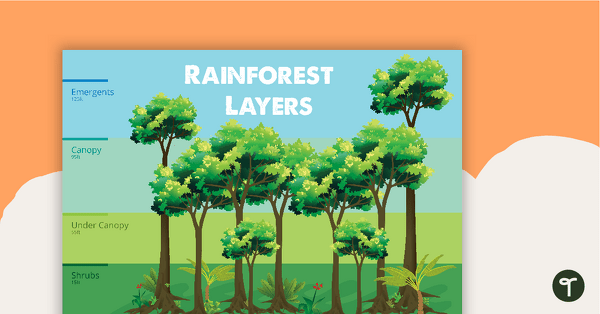
Rainforest Layers - Poster
A poster that explains the layers of a rainforest.
- Plus Plan
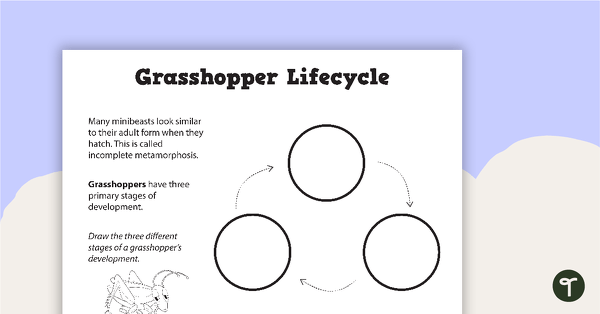
Grasshopper Life Cycle - Blank Template
A blank grasshopper life cycle template to use in the classroom when learning about minibeasts.
- Plus Plan
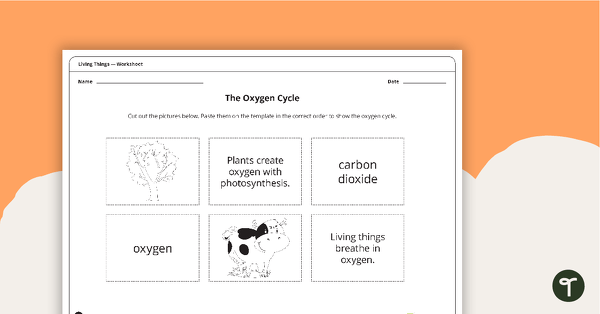
The Oxygen Cycle - Worksheet
A worksheet for students to sequence the steps of the oxygen cycle.
- Plus Plan

Amphibians vs Reptiles Worksheet Pack
Compare Amphibians vs. Reptiles and their characteristics with our printable animal comparison worksheets.
- Plus Plan
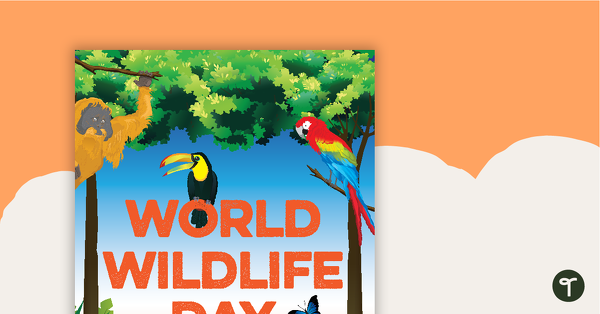
World Wildlife Day Poster
A poster to display in the classroom for World Wildlife Day.
- Plus Plan
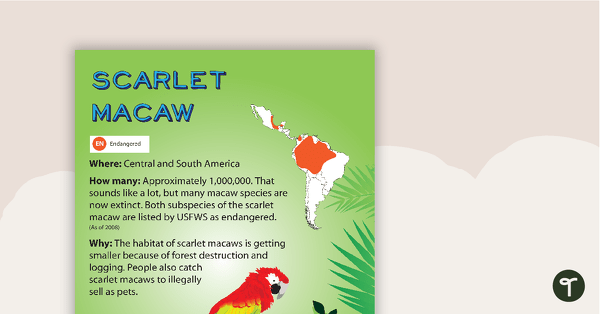
Scarlet Macaw Endangered Animal Poster
A poster showing information regarding the status of scarlet macaws.
- Plus Plan

How We Grow and Change - Sequencing Activity
A sequencing activity to use when learning about growth and change.
- Plus Plan
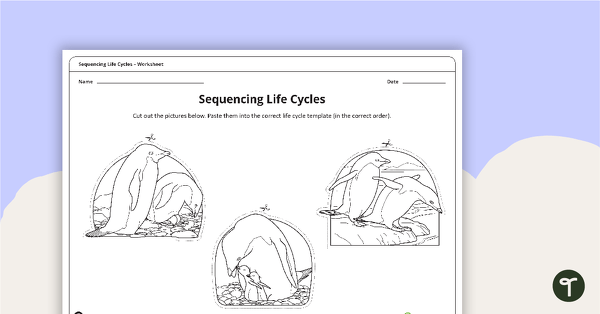
Sequencing Life Cycles Worksheet
An activity for students to use when learning about life cycles.
- Plus Plan
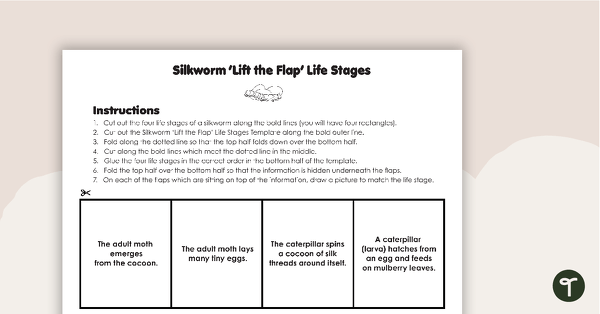
Silkworm 'Lift the Flap' Life Stages Template
An activity for students to use when learning about life stages.
- Plus Plan
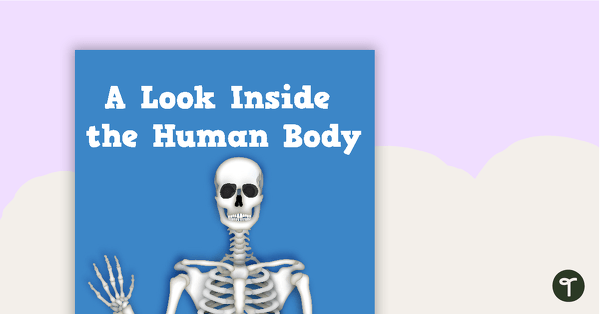
A Look Inside the Human Body - Title Poster
A poster to use on your human body display board.
- Plus Plan
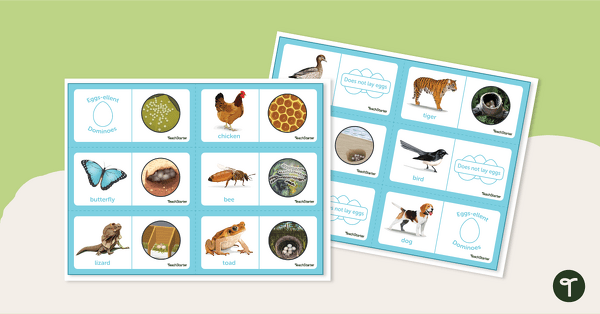
Eggs-ellent Dominoes
Identify egg-laying animal offspring by matching different eggs to their respective animals.
- Plus Plan
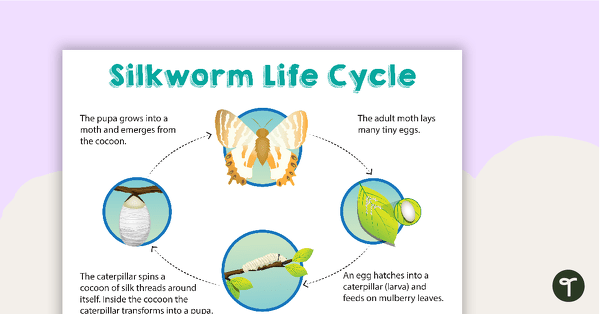
Silkworm Life Cycle Sort
Help your students concrete their understanding of silkworm life cycles with this interactive game.
- Plus Plan
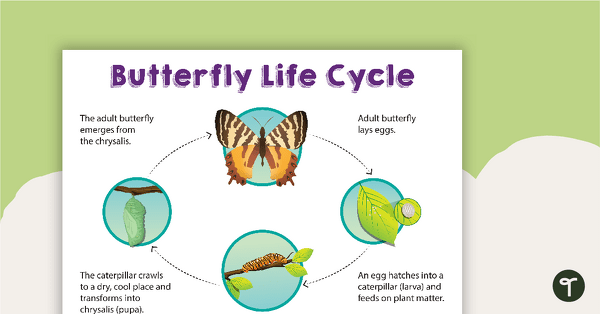
Butterfly Life Cycle Sort
Help your students concrete their understanding of life cycles with this interactive game.
- Plus Plan
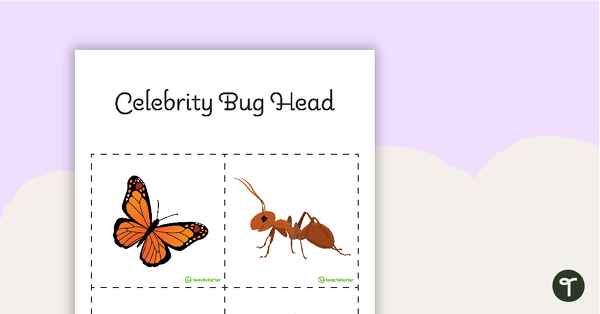
Celebrity Bug Head Game
A fun game to play when learning about the external features of living things.
- Plus Plan

Living Things and Their Needs Display Banner
A classroom display banner to use on your 'Living Things and Their Needs' display board.
- Plus Plan
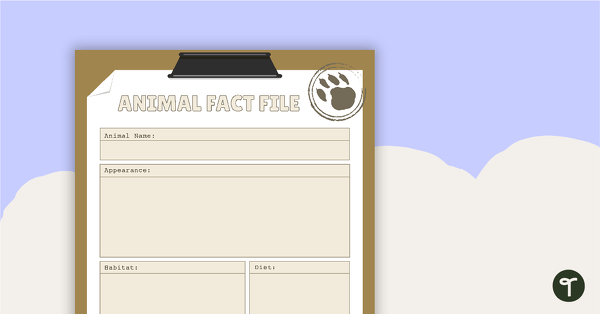
Animal Fact File Worksheet
An animal fact file for students to complete when learning about a variety of animals.
- Plus Plan
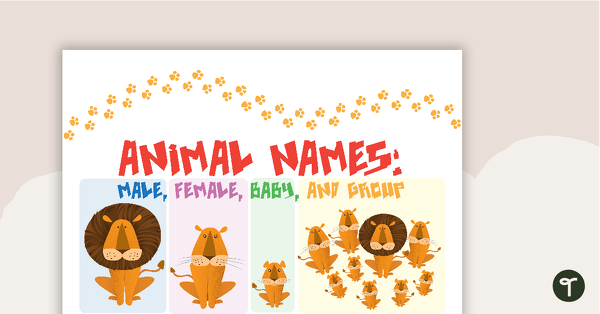
Male, Female, Baby, and Group Animal Names- Posters
5 pages of posters with animal names.
- Plus Plan
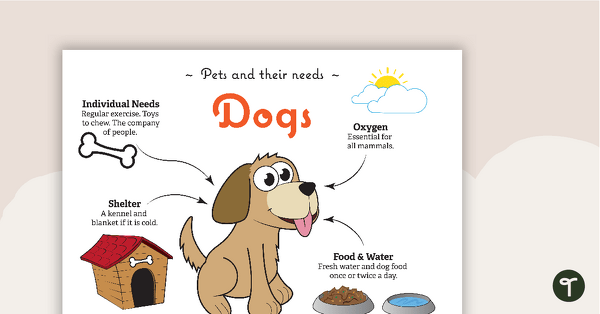
Pets and Their Needs Posters
A set of four posters covering dogs, cats, fish and birds and their needs as domestic pets.
- Plus Plan
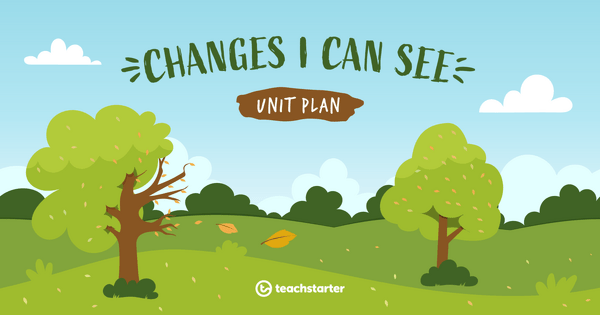
Changes I Can See!
This Earth and Space Sciences unit explores how and why observable changes occur in the sky and landscape, and develops students' ability to describe these changes in their local environment.
- Plus Plan
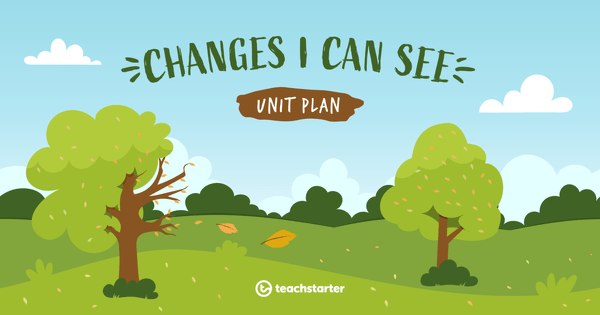
Assessment - Changes I Can See
- Plus Plan
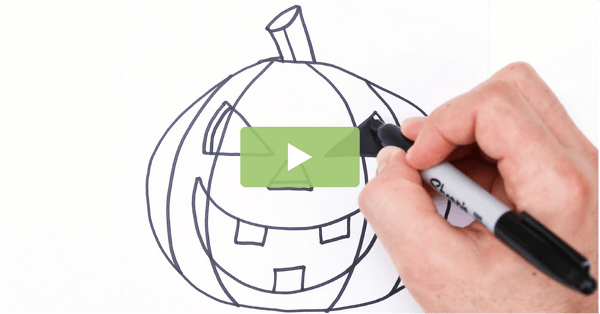
Easy Pumpkin Drawing Video for Kids
Use a fun and easy pumpkin drawing video for kids as a lesson hook for your 1st and 2nd grade science lessons on plants!
- Plus Plan
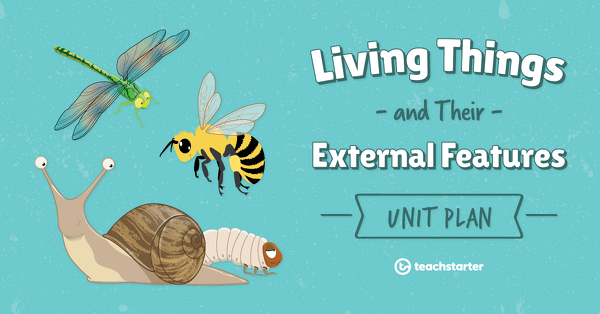
Living Things and Their External Features Unit Plan
This Biological Sciences unit covers a range of concepts relating to living things, such as their external features and the places in which their needs are met.
- Plus Plan
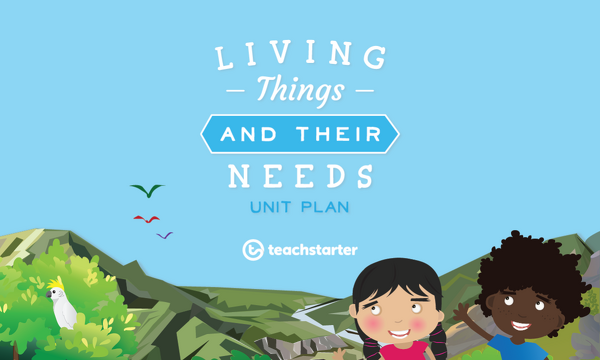
Living Things and Their Needs Unit Plan
This Science unit covers a range of concepts relating to the basic needs of living things.
- Plus Plan
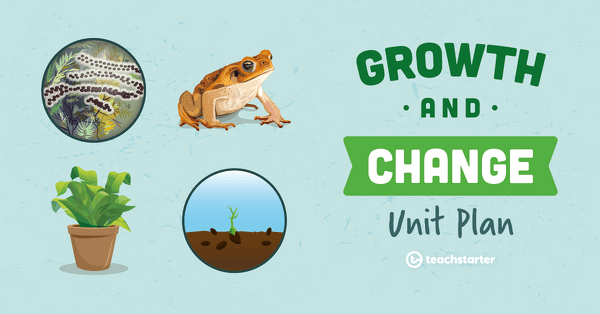
Big Changes!
A 60-minute lesson in which students will develop their understanding of the concept of metamorphosis.
- Plus Plan
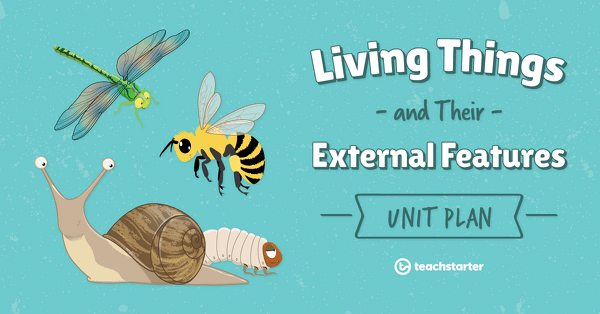
The Very Hungry Caterpillar
An assessment task in which students will demonstrate their knowledge and understanding of the external features of small animals.